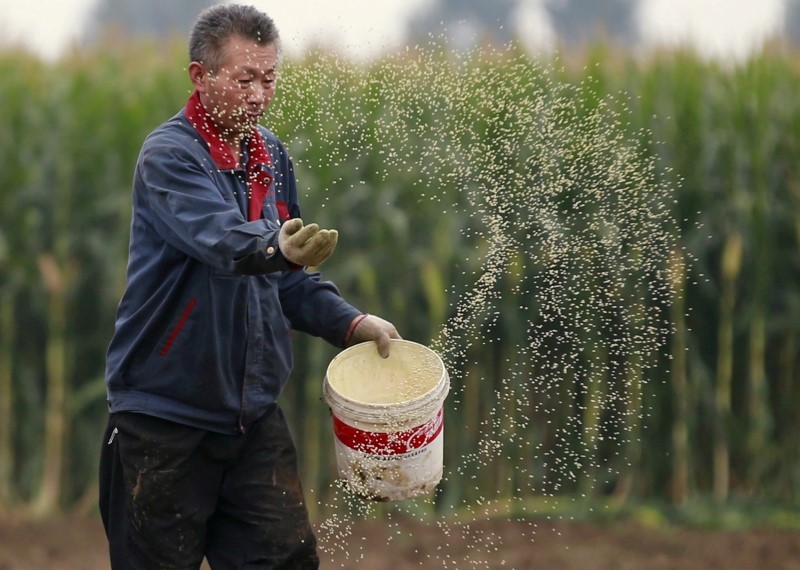Amid rising geopolitical uncertainties in the world, the Chinese government has pledged to do all...
China's Total Arable Land Shrinks as Population Expands

China's total arable land amounted to almost 1.28 million sq km (490,000 sq miles) by the end of 2019, down nearly 6% compared with a decade earlier, according to a once-in-a-decade survey of the country's land use published recently.
The number - amounting to 13% of China's total area - is higher than the state target, which aimed to keep 1.865 billion mu (1.24 million sq km) of arable land off limits to urban encroachment by the end of 2020, the Ministry of Natural Resources said in a briefing.
However, the amount of land dedicated to agriculture has fallen by more than 75,000 sq km since 2009, when the last national land survey was conducted, with some converted to forest as well as industrial and urban use. China expects the total to fall further by 2030.
Wang Guanghua, Vice-Minister of National Resources, contends that China needs to "adhere to the strictest farmland protection system" over the next decade to meet its targets. He also said much of China's territory remained idle or was used inefficiently.
China's scarce land has been under increasing pressure as a result of rapid urbanization and growing demands of its industrial and agricultural economy.
The country has drawn "red lines" not only to protect farmland from industrial encroachment, but also to shield some of the country's most vulnerable ecosystems - including natural forests, wetlands and habitats of endangered species - from human interference.
As much as a quarter of national land is now protected by the ecological red line scheme, though some critics say it is not always protecting the regions that need it the most. Putting further pressure on its scarce land resources, China aims to plant 36,000 sq km of new forest a year over the 2021-2025 period.
EDITOR’S NOTE:
BINGO! Here is the Achilles Heel for China – they are not capable of providing all of their domestic food and fiber needs, especially with a growing population. As a person who has traveled to China on several occasions, your AIR editor has witnessed first hand this severe challenge facing that country. In addition, many of their agricultural systems are archaic and very outdated. Now, with reports of losing additional land, when they didn’t have enough in the first place, this is not good news for the Chinese. Sure, they could use technology to improve production, but they are reluctant to do that because they want to keep as many people occupied and working in rural areas so they don’t overcrowd their cities. We could go on and on about this particular challenge but, suffice it to say, perhaps China’s biggest challenge is how to feed more and more people with less and less land. This is a problem that will result in them importing huge amounts of food and ag products well into the future. And, any disruption to their critical imports of food will put them in crisis mode rather quickly. Good news for our farmers/ranchers, not so good news for China!








